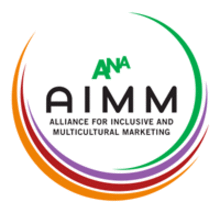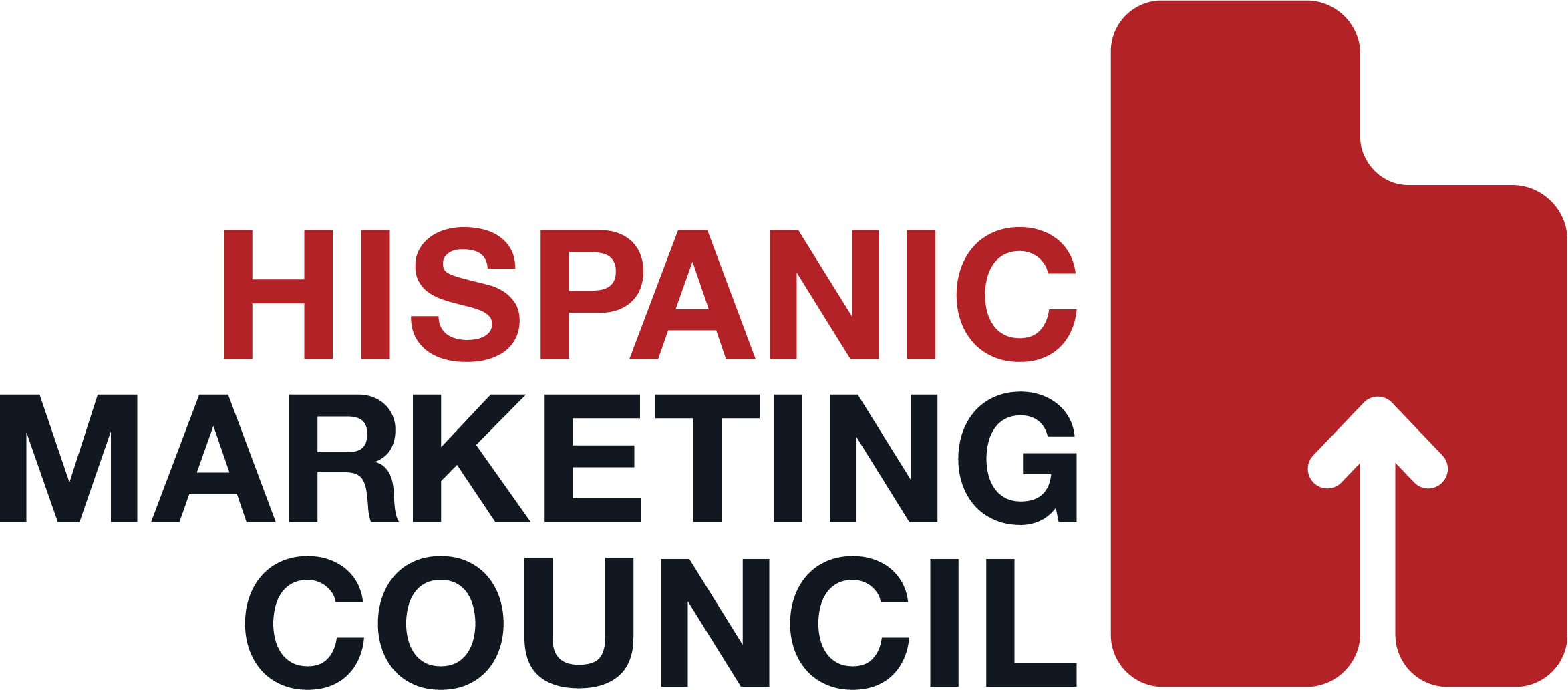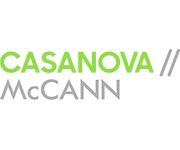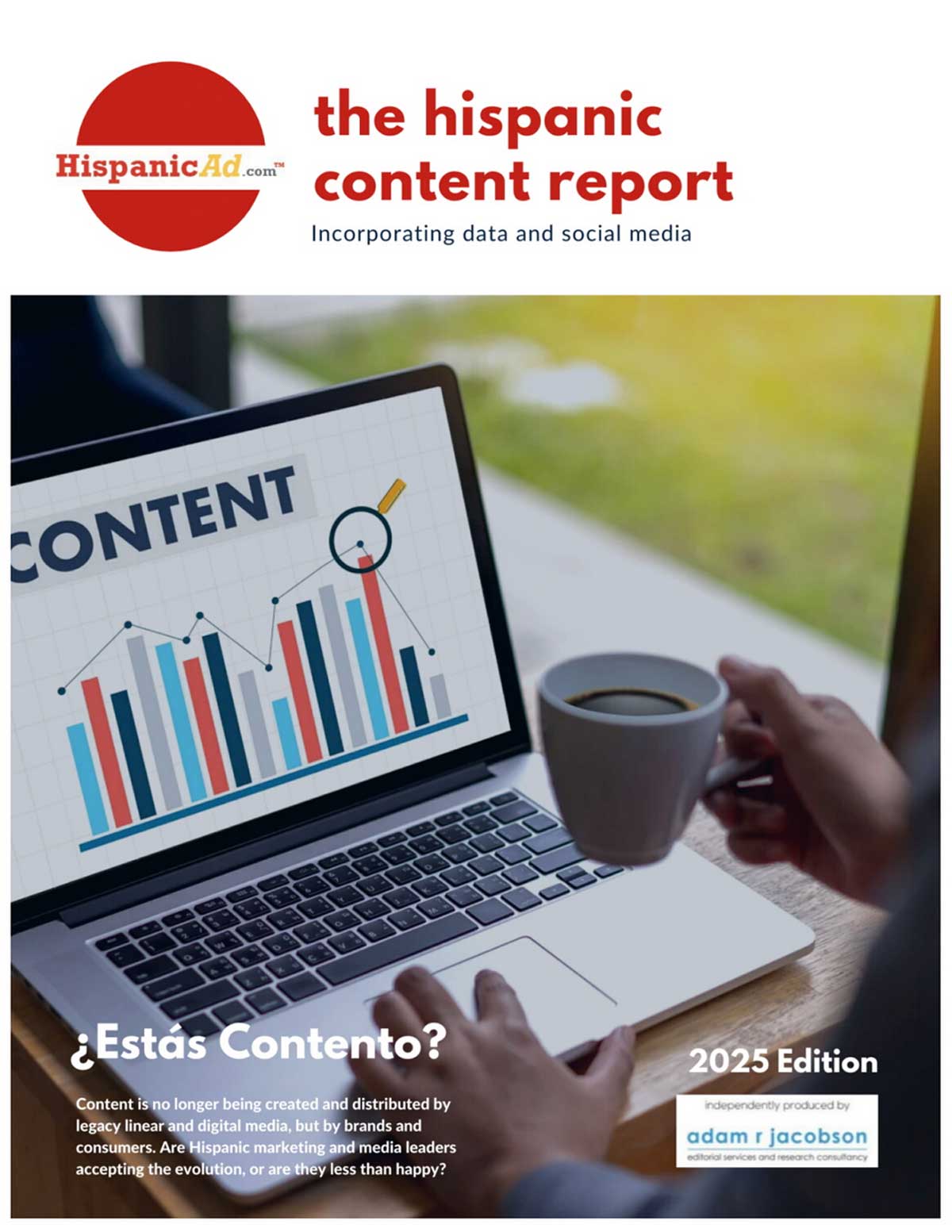Colombia’s Mobile User Base Will Expand Slightly to Reach 33.0 Million in 2016
July 15, 2016
![]() Colombia is home to a flourishing mobile market—the result of a thriving, fairly open economy as well as federal initiatives that have helped with the incremental adoption of digital media, with a strong focus on mobile access.
Colombia is home to a flourishing mobile market—the result of a thriving, fairly open economy as well as federal initiatives that have helped with the incremental adoption of digital media, with a strong focus on mobile access.
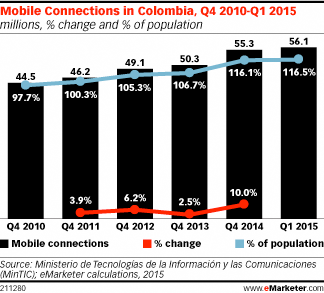 Much like the rest of Latin America, Colombia is a mobile battleground between two global telecoms: Telefónica of Spain and América Móvil of Mexico. América Móvil has the upper hand in Colombia at the moment; its local subsidiary, Claro, controls 53.1% of the total 56.1 million mobile connections as of Q1 2015, the most recent period of data supplied by Ministerio de Tecnologías de la Información y las Comunicaciones (MinTIC), the country’s telecom regulator. Telefónica’s Movistar and Colombia Móvil’s Tigo had market shares of nearly 23% and 17.3%.
Much like the rest of Latin America, Colombia is a mobile battleground between two global telecoms: Telefónica of Spain and América Móvil of Mexico. América Móvil has the upper hand in Colombia at the moment; its local subsidiary, Claro, controls 53.1% of the total 56.1 million mobile connections as of Q1 2015, the most recent period of data supplied by Ministerio de Tecnologías de la Información y las Comunicaciones (MinTIC), the country’s telecom regulator. Telefónica’s Movistar and Colombia Móvil’s Tigo had market shares of nearly 23% and 17.3%.
Mobile connection penetration among the population stood at 116.5% in Q1 2015, one of the many signs that Colombia is one of the most mature and advanced mobile markets in the region.
 Similarly, full-year estimates by 451 Research put the number of mobile connections in Colombia at 56.4 million in 2015. Connections are projected to reach 62.5 million in 2020.
Similarly, full-year estimates by 451 Research put the number of mobile connections in Colombia at 56.4 million in 2015. Connections are projected to reach 62.5 million in 2020.
Roughly eight in 10 mobile connections are prepaid, according to MinTIC. An 80%-20% split between prepaid and postpaid mobile connections has been steady since 2010, largely due to consumers’ need to watch their spending in mobile services. According to a 2016 “Connected Society” report, GSMA Intelligence estimates that the cost of mobile ownership among the bottom 40% of the population in Colombia represents 21% of their pretax income (costs were based on a prepaid plan of 500 megabytes with a Nokia 215 smartphone). This typical cost is well above the 5% of income GSMA believes is a reasonable target for the price of mobile phone service.
Mobile’s near ubiquity in Colombia is largely the result of the federal government’s Vive Digital program, a five-year plan focusing on mobile connectivity to support widespread internet adoption. After successfully enabling internet uptake among consumers through the iteration between 2010 and 2014, the current Vive plan running through 2019 concentrates on the digitization of all government functions, as well as the development of a technological ecosystem to help enterprises embrace digital means of doing business.
However, concerns about Colombia’s economy in the past 18 months have partly affected mobile uptake. Alarms went off when the Colombian peso, which had been sliding since late 2014, began to fall more quickly. It lost over a third of its value against the dollar in 2015, according to theEconomic Commission for Latin America and the Caribbean (ECLAC, or known in Spanish as CEPAL).
Mobile phone user growth in Colombia has slowed, but only slightly. eMarketer estimates that the number of individuals using such a device at least monthly reached 32.4 million in 2015—a 2.1% year-over-year increase. That number will rise to 33.0 million in 2016 and 35.4 million by 2020, the end of the forecast period.
Seven in 10 consumers will be mobile phone users in 2016—one of the highest penetration rates in Latin America, eMarketer estimates. By that metric, the country will trail only Chile (73.9%) and Argentina (71.4%) and be above the 65.9% regional average. By 2020, nearly three-quarters (72.1%) of the population in Colombia will be regular mobile phone users, with user growth of 1.5%.
Courtesy of eMarketer



